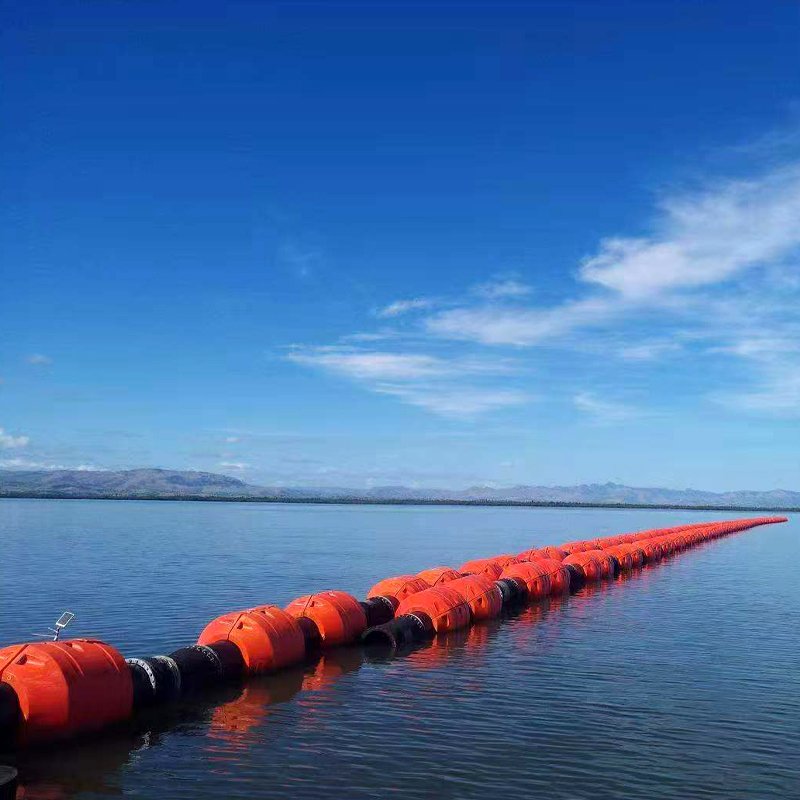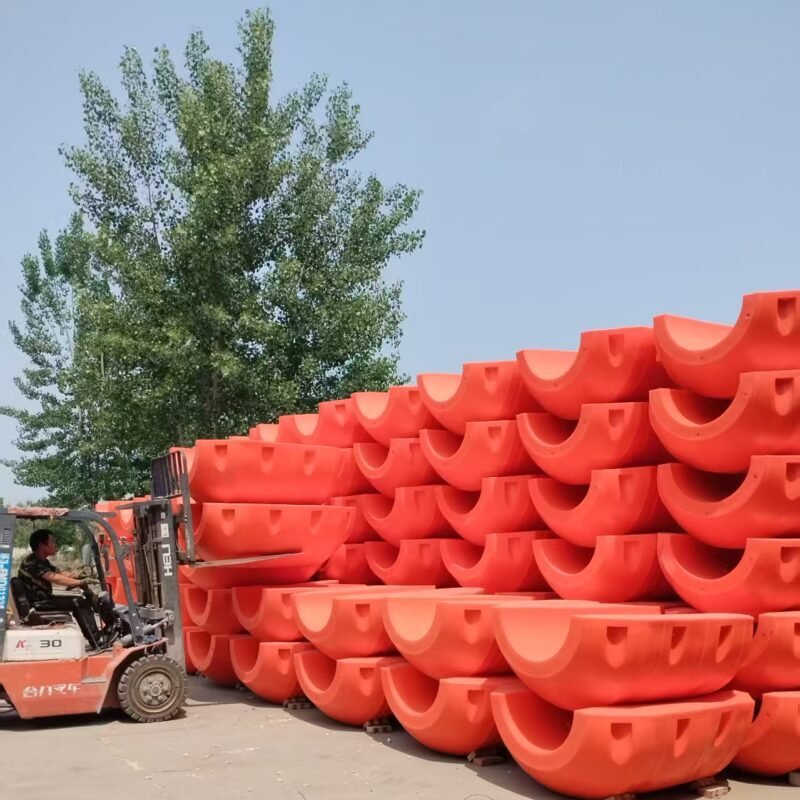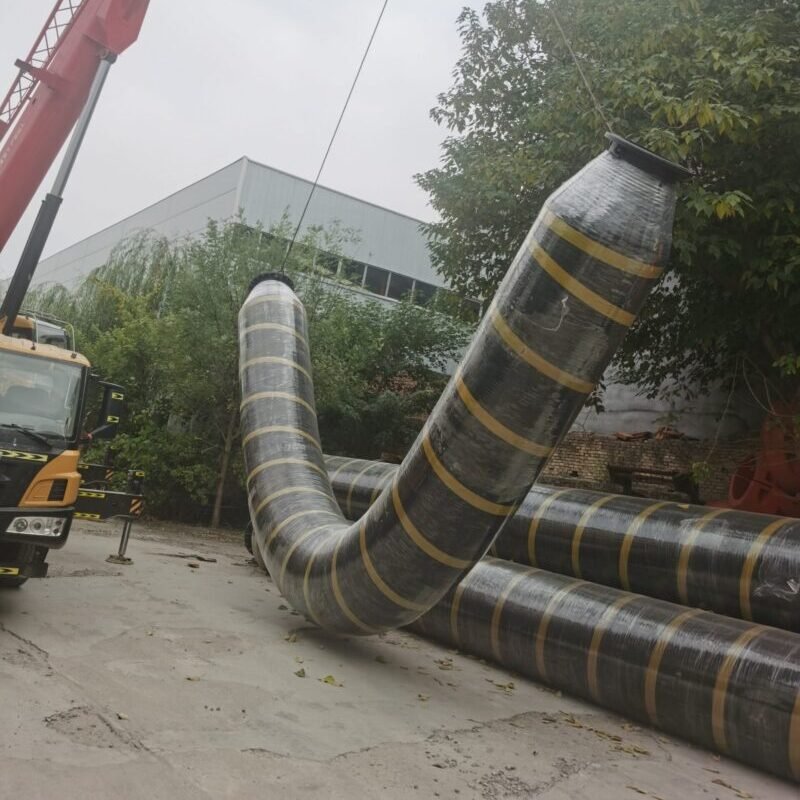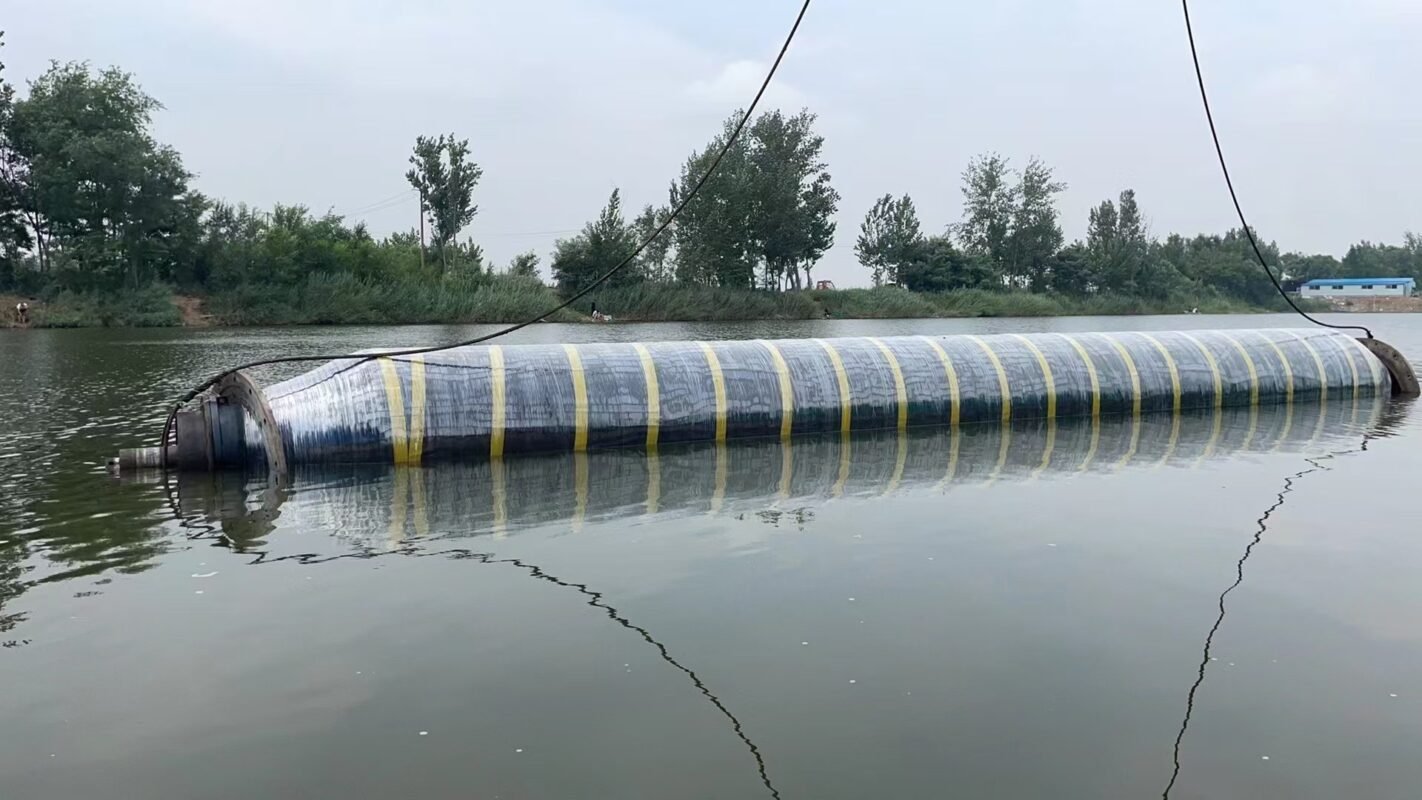Dredging pipelines

Dredging pipelines are an important part of dredging projects, mainly used to transport water, silt, rocks, mineral sand, shells, coral reefs, etc., from dredging sites to discharge sites. Reasonable design and use of dredged pipelines can protect the environment well, reduce pollution to the surrounding environment during dredging, reduce diffusion of silt and turbid water, and can greatly improve dredging efficiency and reduce operating time and costs.

Type: 1. Floating pipeline, also known as water pipeline, is supported on the water surface by floater or float balls, and is suitable for long-distance transportation and deep water areas.
- Underwater pipeline: The pipeline is laid at the bottom of the water and is suitable for shallow water areas or occasions where hidden transportation is required. The installation and maintenance of underwater pipelines are relatively complicated.
- Onshore pipeline: It is usually composed of multiple sections of steel pipes or HDPE pipes, and the dredged materials are transported from the waterside to the treatment site on land.
Material: 1. Steel pipe: high strength, wear resistance, corrosion resistance, suitable for conveying hard materials and long-distance transportation. However, steel pipes are heavy and have high installation and maintenance costs.
2.HDPE pipe: light weight, corrosion resistant, easy to install and maintain, suitable for conveying soft materials and short distance transportation. However, HDPE tubes have poor wear resistance and are not suitable for conveying hard materials
- Rubber pipe: It has good flexibility and wear resistance, and is suitable for complex terrain and short-distance transportation. Rubber pipes are divided into suction rubber hose, discharge rubber hose , short joints, and self-floating rubber pipes.
Application: 1. Port construction: Dredging pipelines are used to clean waterways and berths to ensure safe passage and docking of ships.
- Waterway maintenance: regular dredging.
- Reclamation land: Reclamation land requires a large amount of dredging materials, and the dredging pipeline is used to transport materials to designated locations for reclamation operations.
- Environmental protection: In environmental projects such as wetland restoration and river and lake management, dredged pipelines are used to transport and treat dredged materials to reduce the impact on the ecological environment.
Selection factors: 1. Choose the appropriate pipeline according to the material, hardness, particle size and concentration of the conveyed material.
- Conveyance distance. Long-distance transportation requires high-strength and high wear-resistant pipelines.
- Operating environment; different water, underwater or shore environments, and different pipeline types are selected.
- Cost: Including the purchase, installation and maintenance costs of pipelines.
Design points: 1. Pipe diameter, determine the pipe diameter based on the flow rate and speed of the conveyed material.
- Connection method: Ensure that the pipeline is connected firmly to prevent leakage and fall off.
- Support and fix. The water pipeline needs to be properly arranged for floating bodies, and fixed brackets are required on the shore.
With the advancement of science and technology, the materials and design of dredged pipelines are constantly innovating, and will be more efficient, environmentally friendly and intelligent in the future. Dredging companies need to reasonably select and design dredged pipelines according to specific working conditions to ensure the smooth progress of the project.





